Full disclosure here, I’m not a dog owner. and frankly I’m rarely a fan of movies about the connection between man and his best pal. It’s not that I have any issue with the animal, in fact I do enjoy being around dogs quite a bit, I’m just not a fan of manipulative movies that simply feel as though they’re meant to make you feel down. Perhaps it was the forced watch of flicks like OLD YELLER when I was young, but I never wanted to see sad animal movies after that. However, Disney+ has something to offer that is a rich and compelling true life story about a man and his dog, both of which led the serum run back in 1925 – sled dogs had to deliver a serum to sick children in small town in Alaska. TOGO tells this tale in an epic and bold way.
Two of the reasons this film works as well as it does happens to be it’s stars, Willem Dafoe and Julianne Nicholson. Dafoe portrays Leonhard Seppala, and Nicholson takes on the role of his wife Constance. As charming as the relationship the two have with the dogs, it’s their on-screen romance that fully sells this powerful story. We recently had the wonderful opportunity to sit down with both of these talented actors to talk about their latest. The two opened up about their own personal relationship with man’s best friend, and what it was like working in extreme weather conditions, similar to what they face in the film. As well, the two opened about being a part of a movie made for a streaming service like Disney+.
TOGO premieres this Friday on the streaming channel, and it’s well worth your time.
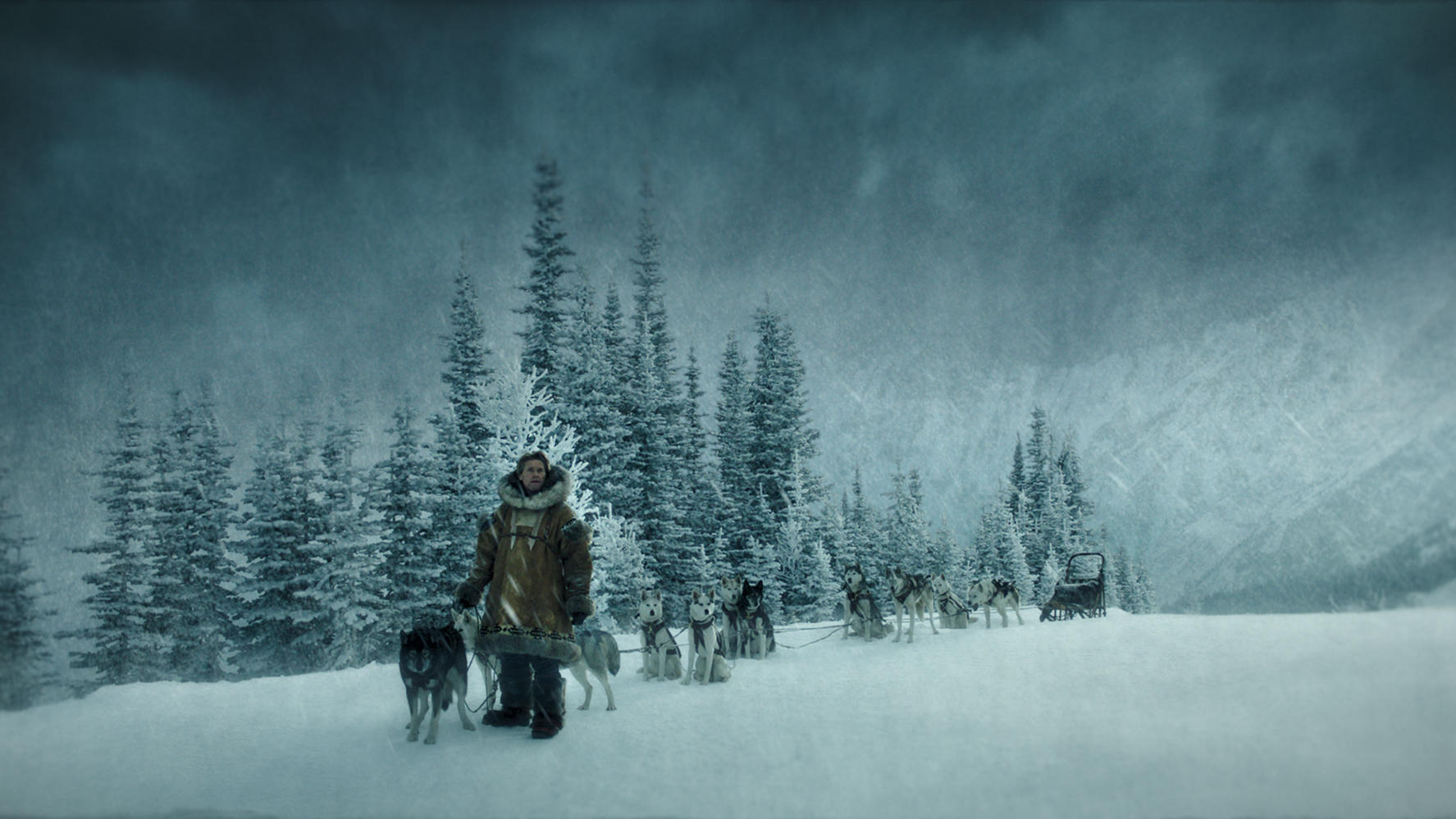 How did you both get involved in a family friendly story about these dogs and this particular production?
How did you both get involved in a family friendly story about these dogs and this particular production?
Julianne Nicholson: When I first read the script, I knew that Willem was playing Leonhard Seppala. For me that was a big, big draw, a big appeal. And then I read the story and I thought it was such a fascinating, true story. It seemed unbelievable to me that it could have been sort of untold for this long. And I spoke to [director] Ericson [Core] about his relationship with the natural world and with this particular type of dog. He had a wolf for 12 years. And also he was a cinematographer. He sent me images of inspiration and I thought the whole thing just sounded like a really special thing to be a part of.
Wow. What about you?
Willem Dafoe: Ditto. Ditto. Pretty much. And then there's that added dimension that, you know, when you read a script, one thing that always happens is you say, do I want to do these things that are in this and to do them? Will I learn something? Will I discover something? Is this something that will enrich my life? You know, is it, does it have the quality of adventure of learning something? Definitely. It’s all in there on that page. So you go in, you have an adventure.
I feel like this is the kind of story that we don't really see much of lately. I mean, I remember growing up and seeing all these films like OLD YELLER, but I don't feel like we see them as much today.
WD: Right.
JN: I think this feels like a really natural grounded way of telling the story. And I think that's unusual. With the stories about a man and his dog or a boy and his dog, it often tends to be… like this one creeps up on you. It doesn't feel heavy handed, you don't feel manipulated from the moment you sit down. It just feels like I'm telling them a story we didn't know. And I feel like because of that, people are allowed to come to it instead of the other way around.
WD: Also, you have the gravity that it's based on a true story. And just as a historical fact that the Serum Run was really quite an event when you think about it. So that helps root it. So that gives you a little, it gives you good roots.
Well, I'm going to give you both a compliment right now because a lot of times a movie like that, it's all about the animal, it’s not about the human connection. The human connection here is beautiful.
WD: Oh good.
How easy was it for you to define these two characters and connect?
WD: Good. Cause I had a good partner. And I’m not talking about the dog.
JN: [Laughing]
We’ll get to the dog! [Laughing]
WD: We hit it off and then it was a beautiful situation cause you know, they built this little farm. So we had our little house, we had a little rehearsal. Our stuff was a little front loaded. Yeah. So that really set the tone for the movie before we started getting into the more outdoor stuff, and the stunts and all that sort of business. So that really laid the groundwork for who these people were, what their dilemma was, and what their challenges were. That kind of whole feeling of 1925 Alaska frontier to immigrants, people from another culture coming to a new life and coming together. So that was important to start out with that. And, you know, it's embarrassing to sit here with, you know, one of your partners in a movie and just kind of look go-go at each other and say it's fantastic. And I can't do it all the time, but here I can. [Laughing] I mean, people can decide whether it's credible or not, but it was very comfortable and it’s something in my imagination, you know, I felt like we were, it was good casting and good coupling. We came together in a nice way. Yeah.
And you also fit your character, even though she's not in the eye of the storm. She's not there.
WD: But she is…
Yeah. It felt like there was something there connection wise, which a lot of times the female characters feel simply like a “supporting” player. That wasn't the case here.
JN: No, I'm glad you felt that because I thought that reading it, but you know, you can only do your part and hope that that's what happens on screen. And I watched the movie last night and I'm really, I was so happy to see this, this equal partnership. And this strength in her and like, you know, she had to hold down the fort. He’d be gone for weeks, who knows, months at a time and she needed to keep those fires burning, keep that house in order, keep those dogs fed, like she was a busy and strong woman. I’m happy to [play that].
WD: And you know, on paper when I read it, I read how strong she is. Okay, I get it. Strong female character, making up for many years of a lack of strong female characters. This is very much of the moment, but it doesn't feel like that. And that’s part of that, because that's a little bit who Julianne is anyway, as an actress and as a person. So she inhabited that in a credible way. So when we say she's on that trip, she is a little bit because she's really responsible in the story for bringing Seppala and that dog together. So that's a little magic. I don't think with that same writing, I'm not sure it would have worked with another actress.
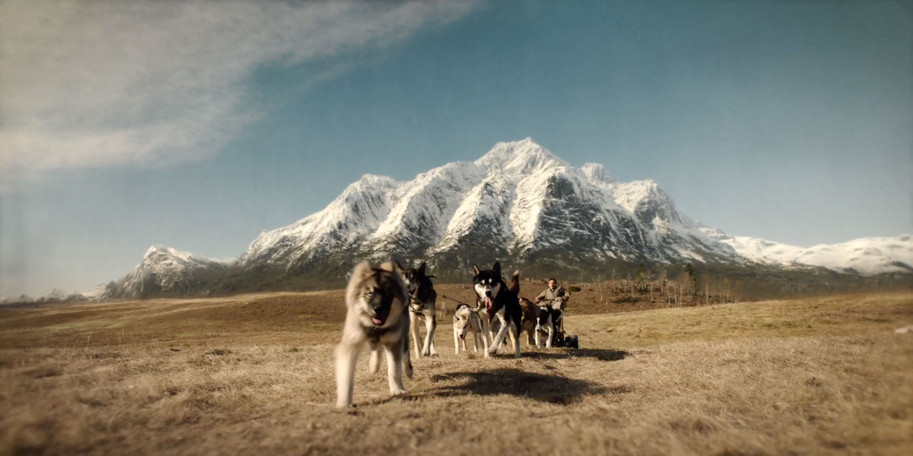 I can see that. Now I've got to talk about the dogs. Cause I mean, I, I'm assuming you are both dog people?
I can see that. Now I've got to talk about the dogs. Cause I mean, I, I'm assuming you are both dog people?
JN: No, not really. My deep animal relationship growing up was with a cat. But you can, you can transpose, I mean, I understand that relationship and how she wasn't, you know, saving my life. But actually she was, but not in any physical way.
What about you?
WD: I never had a dog. I don't have one now. I'm traveling too much and with a chaotic big family, no time. Who's going feed it or whatever. We didn't have it. But I've always been kind of envious or curious when I see a deep relationship with, you know, between the person and the animal that they've been with. Particularly people that are single people that have a dog or a cat. When they die, they're devastated. So I knew there was something there. And then of course, in order to do the movie you create a relationship with these animals. I mean, I love animals, but normally I'm not so much into domesticated animals since I love animals in nature.
Well see, watching both of your performances and the connection with the dog, I would've assumed your both dog people.
WD: Well I am now [Laughing]. And I don't, I don't mind a little smooch from a dog now and then.
JN: You got used to it.
What was the set like? How, how were the animals treated? It seems like there was a lot of care going into this.
WD: They were treated better than us [Laughing]
JN: I was reminding them while we were filming some of the fall stuff. It was a really sunny day and I have to be careful for my skin. We all do. But like I get sun really easily and, and there was a moment where they had to change lenses or do something, and someone came running out with an umbrella and I thought they were coming for me, and they put it over the puppy. He was standing right next to me. So that's a little inside information into how they were cared for.
[Laughing] Well, it seems like the connections would be hard to fake
WD: One would think, yeah.
But especially you though that and that relationship, it's really beautiful.
WD: I mean, the actual sled dogs are beautiful because they're athletic and they're trained and they're bred and they're very well taken care of. The dogs that we had were from a professional dog sled outfit called Snowy Owl that operates in that area that we shot. And they, the dogs were very well treated, very loved. And the rapport between the people and the dogs was so strong. So you learn something by watching them, certainly. But also, for the actual hero dog, the dog that played Togo most of the time, it's name was Diesel, he was five years old and he was actually a descendant of the actual Togo.
Wow.
WD: So there are trainers that worked with them from when he was five years old and they had been working with him for awhile, but you can only train so much because he is an animal. So the idea that they are trained to just sit there and look and be still, that doesn't exist [Laughing], at least not with this dog. So when you're relating to him, you have to really speak to him. You really have to give him a lot of attention. You know, without pressure, you gotta give them room, you gotta learn from them and adapt to them, which is challenging sometimes. But you try to spend time with them. You try to learn certain things about them. They have good days and bad days. Some days they don't want to work. Some days they do. It's pretty crazy. But that's also fun because you can't have any, you're trying not to have and animosity towards them [Laughing].
There are days [Laughing].
WD: Well because they, it's not fair cause they can't, they can't talk back and they don't have the power to really weigh in. But actually they do. Sometimes they just don't. He just doesn't play. But that's kinda throwing that dog under the bus. In the best moments. In the best moments. There's a special connection between an animal and a human being. It's that feeling that you get sometimes when I am looking at him or we're working together. There is a little spark and hopefully those are the little moments that made it into the movie [Laughing].
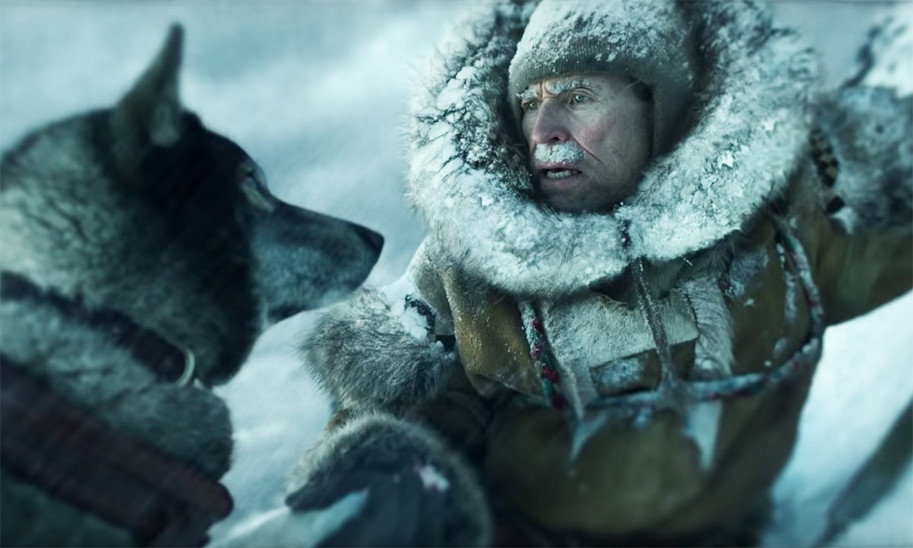 Honestly they did. You have these moments where he's just with you and it speaks volumes.
Honestly they did. You have these moments where he's just with you and it speaks volumes.
JN: I like one of the last scenes and we're sitting on the porch and you're doing the voiceover and we're there with him. Yeah. That worked for me.
WD: But they're beautiful animals. And when you see them get ready to pull, they've got so much energy and so much power, and they're so athletic. But their spirit is, they're very sweet and really respond to affection.
So you're dealing with dogs, always unpredictable. You're dealing with the weather. What were some of the challenges in that?
WD: A couple of days we, we weren't allowed to shoot because it was too cold. With the union, there are rules, you know, because you'll get frostbite too easily. So I think we had to shut down two days on the movie because it was just too cold. You know, you were talking 50 below.
JN: It was cold. Also, it was sort of, mother nature gave us weather in reverse order. The film is shot out of order and through different seasons. And we were shooting fall for fall and suddenly in the 1st week in October, we got two feet of snow. So there goes our whole fall line up. And then, as well, that informed how the inside of the cabin was dressed because it was either for 1913 or 1925, so almost weekly the schedule was changing based on what we were getting. So it was, you never really knew, you had to sort of be prepared for anything.
I like the fact though that the, there is a lot of attention to detail in the, in the clothes in the, in the house.
WD: The clothes were beautiful. Very well researched.
JN: I loved the clothes, yeah.
WD: And they were important because of the weather. They had to function. Of course you can wear some modern stuff, cheat with modern stuff under it, but basically your greatest defense against the cold is to make those costumes serve you. You know, and they were great and they were made out of fake fur, which was a big challenge. Disney really laid down the law of we're not going to do this with fur. Which was quite a commitment.
Well, yeah, they, they have that kind of commitment and seem to really care.
JN: They care about these dogs.
Filmmaking is currently going in a whole new direction by bringing feature films straight to a streaming service like Disney+. How do you guys see that as actors, kind of knowing that they were going to see your work in very different ways.
WD: I don't think about it. I tried to make a good movie. It doesn't really affect my performing. You don't adjust your performance for how it's going to be seen. I mean, me personally, I'm happy that Disney made this movie. They really supported the director and they've made a film that I like. I would prefer to watch it in a movie theater, but that's me. Pragmatically, there's still, that's not how most people are watching movies now. So just try to make good material. But I'm not thinking, Oh, at no point when I'm performing am my thinking, oh, this is for this size screen [Laughing] People will be watching it in their homes. You know, it doesn't enter [your mind] on how it gets seen, you can participate, only to the degree that you can talk afterwards like we're doing now and support it
Do you feel the same?
JN: I feel the same in terms of a movie experience. I think it's very special to go to another room with other people that you don't know and have that shared experience. Your attention is different. That said, I think having access to that many more eyes feels exciting to me, to be available to [that many] people. A lot of the films that I've done are tiny and have limited releases. So it might be on a theater, but it's like in five screens. So not a lot of people are gonna see that. So for me to be able to be in something that can be available to that many more people feels exciting.
I think this film in particular appeals to a wide range of an audience. I watched it with my husband and my 12 year old son, and my 10 year old daughter and we all loved it. And we all have very different tastes. It’s usually a long conversation deciding what we're going to watch generally. And usually somebody’s unhappy about this decision. But last night all we all watched it and within 10 minutes we were all gripped. By the action adventure, by the cute puppies, by the love story, by, you know, there's, there's so much there. And so to bring that, it feels good to me that Disney is getting it into people's homes though. As William said, when you're making it, it never crosses your mind where it’s going to be seen.
WD: And one thing is clear, the photography in this is made for…
JN: A big screen!
It certainly is.
JN: But people’s TV’s are bigger now.
WD: And that won’t totally be lost on a smaller screen, but you know, the intent was just to make it epic, even though it may be seen on a smaller screen. There were no concessions of can you tighten up that shot because you know that shot you…
JN: It's not going to fit on my iPhone 8.
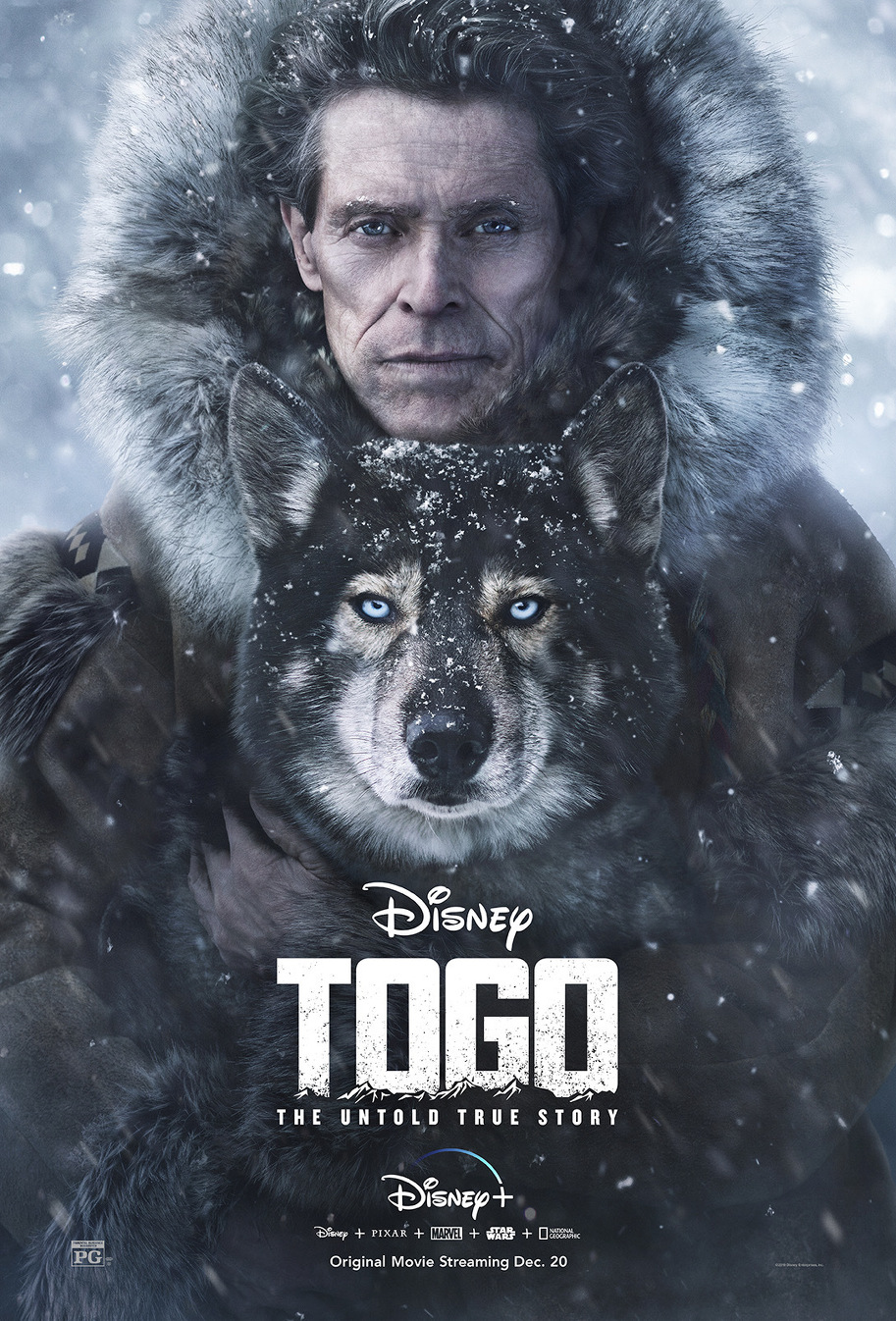



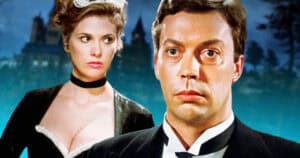
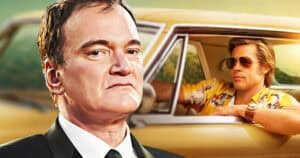
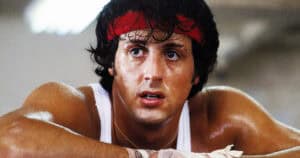
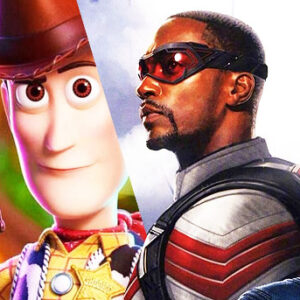
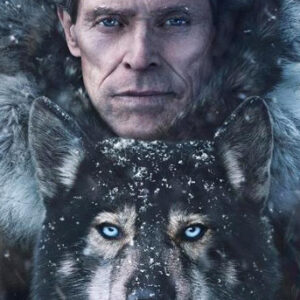
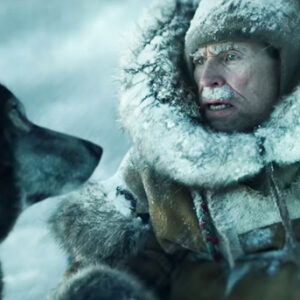

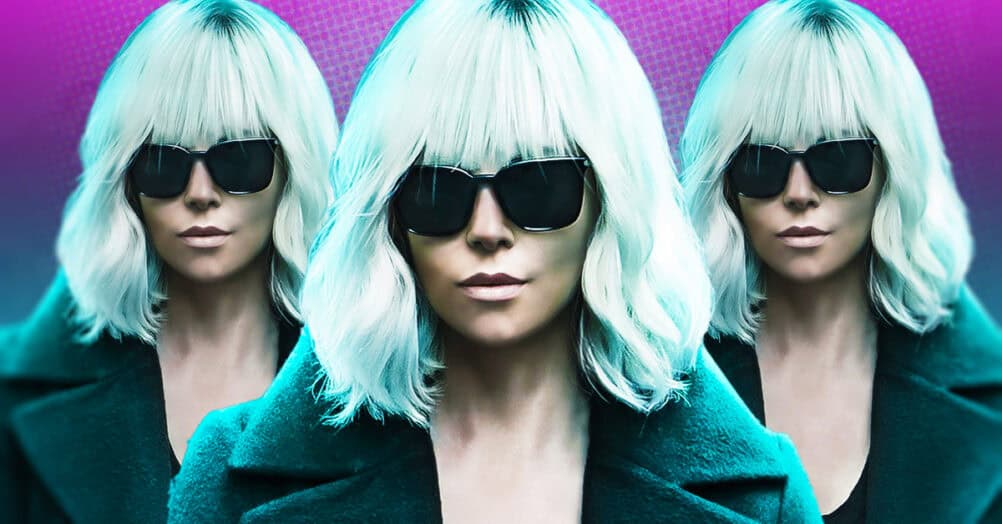
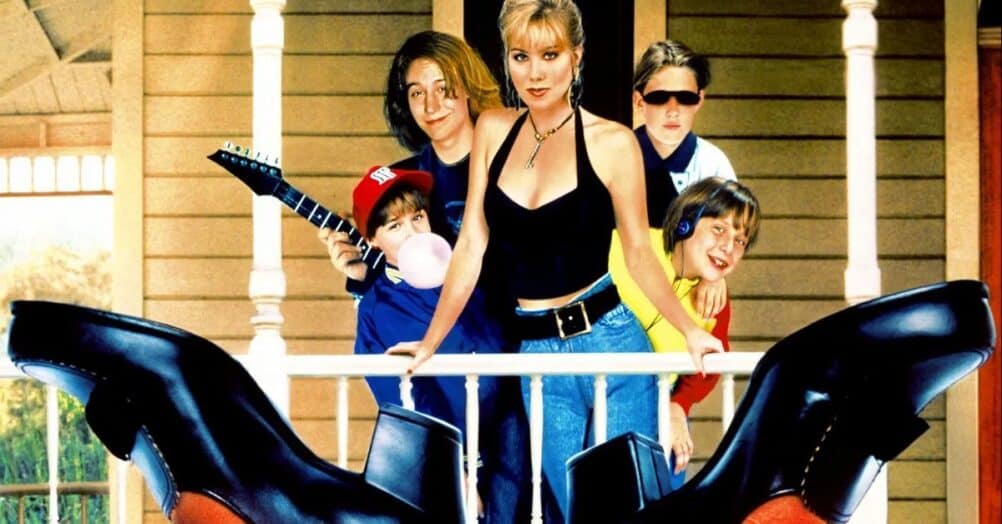
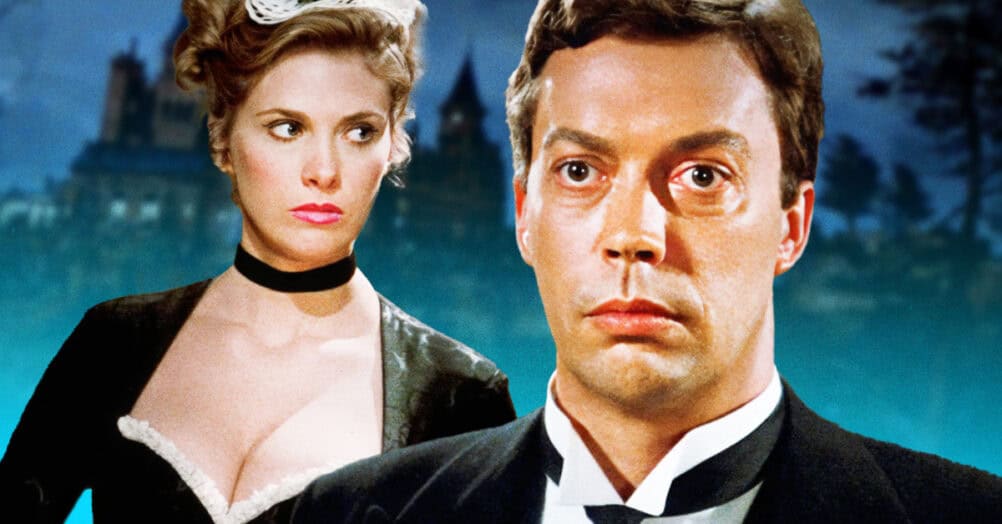
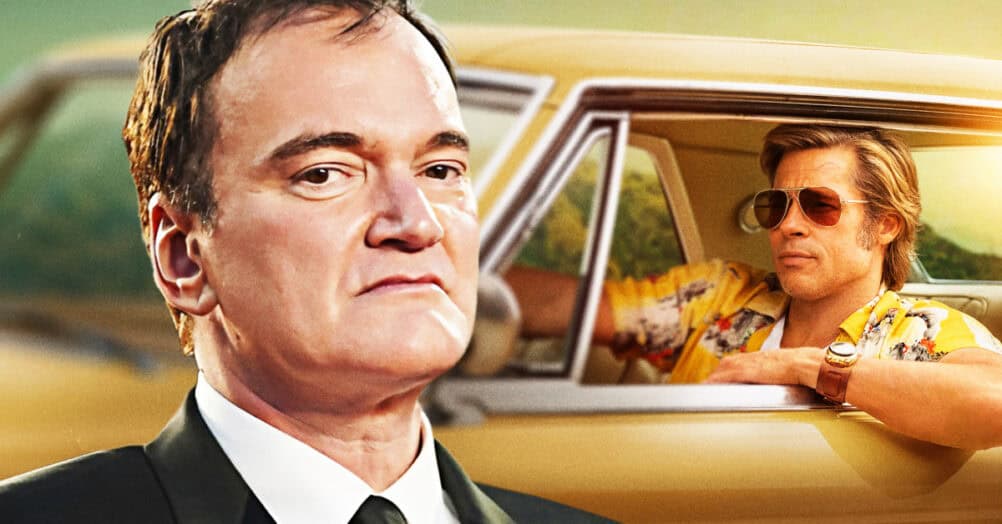
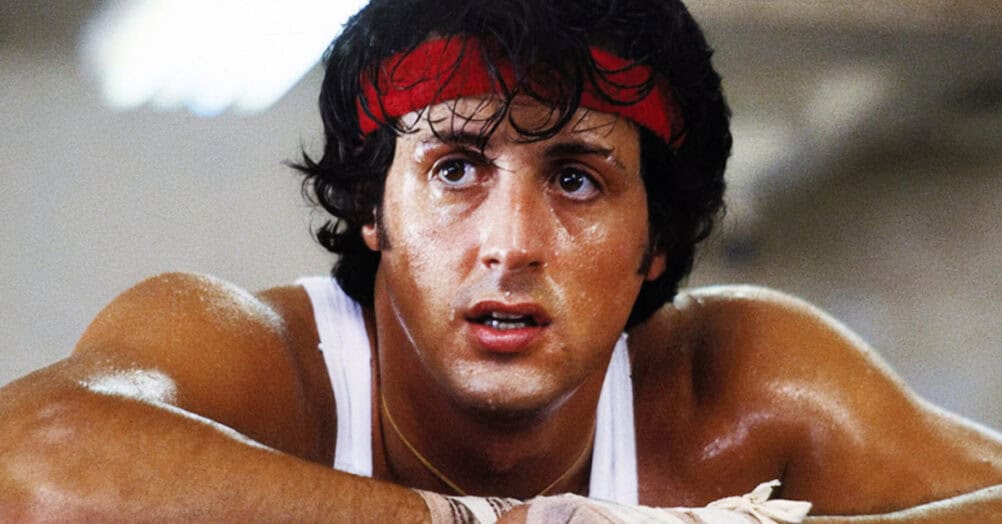

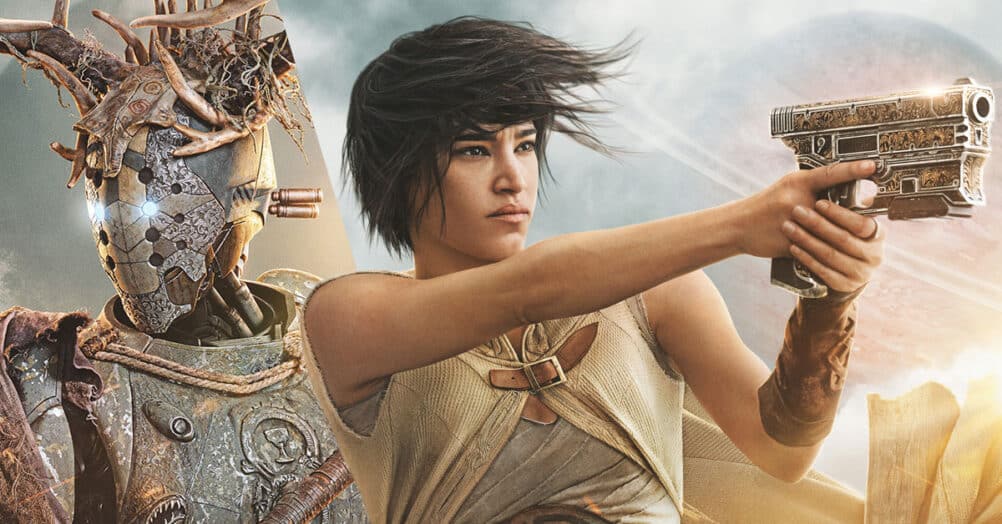
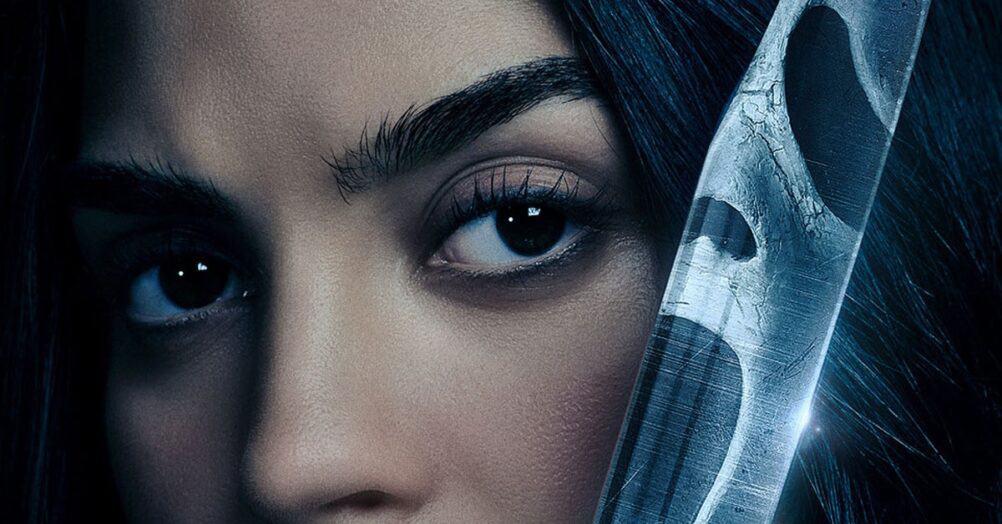
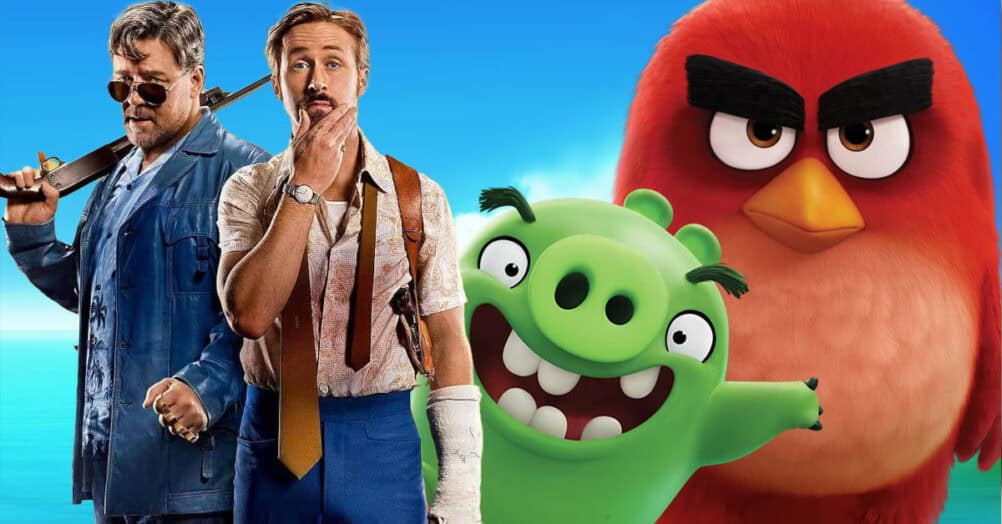
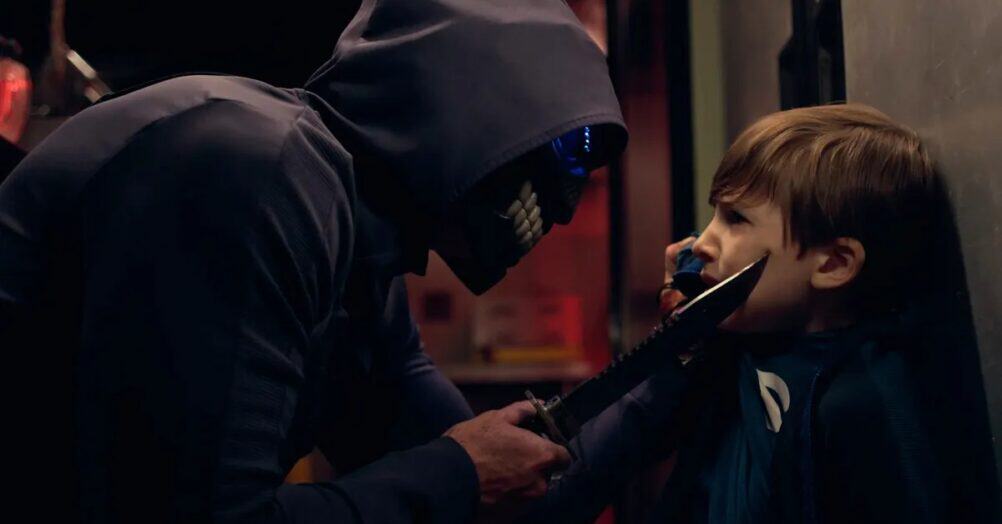
Follow the JOBLO MOVIE NETWORK
Follow us on YOUTUBE
Follow ARROW IN THE HEAD
Follow AITH on YOUTUBE